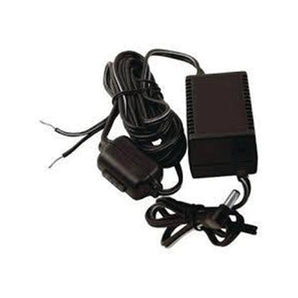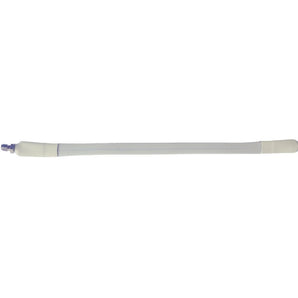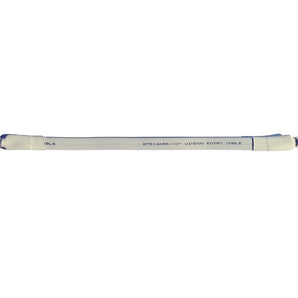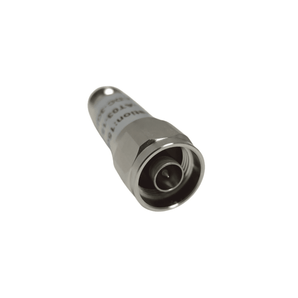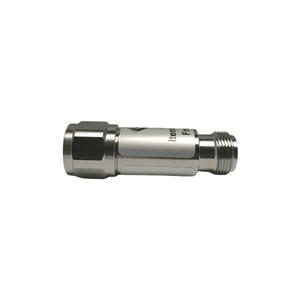Internet connectivity has become such an integral part of our daily lives that we have forgotten how recent this technology evolved. Remember the days when dial-up internet connections revolutionized the way we communicate with each other, by being the first gateway to accessing the worldwide web for the general public. Today the internet is easily accessible to everyone in a variety of ways, and the consistent dail-up tone of the 56kbps modem is a far off memory. Luckily these days there are endless connectivity options and all signal boosters for all situations.
1. Dial-up Internet (up to 56 kbps)
Most modern households have since moved from this dated technology, but the dail-up internet connection remains viable to some degree for those with limited resources. In some remote or rural areas, people might make use of dail up internet out of necessity. These connections offer speeds at a snail’s pace, which makes it difficult to complete data-intensive tasks. Even the most advanced dail-up services offer really slow speeds, nevertheless if this is the only option available it’s ok for basic communication tasks.
Dail-up connections make use of your existing landline to connect to an ISP, using a dail-up modem. This means that the phoneline cannot be used at the same time, one can either make a call or connect to the internet, but not both at the same time.
Satellite Internet (12-100 Mbps)
Similar to dail-up, satellite internet becomes a necessity for many subscribers in rural and remote areas, where the infrastructure for conventional high-speed internet is lacking or incomplete.
Satellite internet uses a home dish to connect to a satellite in the earth’s atmosphere, thousands of kilometers above. If you think this sounds like a long way for your data to travel, you are correct, and this will be evident in your WiFi speed. Satellite internet is considered “high-speed” but it is the slowest of its kind, making tasks such as video calling and streaming difficult.
Another drawback is the cost of this technology and the fact that it is particularly prone to disruptions caused by weather and other natural phenomena.
3. DSL (Digital Subscriber Line) Internet or ADSL (Asymmetric Digital Subscriber Line) (3-115 Mbps)
DSL also use phone lines to connect to the internet. Unlike dial-up DSL uses broadband technology that make use of different internal wires than dial-up, enabling much faster speeds while also keeping phone lines available.
DSL or ADSL is a popular choice offered through many telecommunication companies, however DSL is the slowest of the new broadband technologies, but it is also the most widely available and reliable service in the world. Actual speed depends on your distance from the internet service provider, though on the upside, DSL speed is not affected by congestion from multiple users.
5. Fiber Internet (Up to 10,000 Mbps)
The latest in broadband internet technology, fiber-optic internet boasts the highest speeds available. Fiber-optic cables contain filaments of glass, which use light pulses to transmit large amounts of information over long ranges at high speeds. Unlike previous broadband services, fiber-optic upload speeds mirror its download speeds, which are typically quite disparate across ADSL. Fiber internet is also immune to the slow-down issues that other internet services experience.
Because this technology is so new — and relies on a wholly independent infrastructure — fiber-optic internet service is both expensive and hard to come by. As companies move to adopt this newer, faster service, it is making its way to more cities — though it must be built from the ground up, unlike DSL, fiber internet does not utilize existing lines of service.
6. Cellular Network Internet (Up to 300 Mbps)
Ah, that seemingly invisible internet service that magically appears on your smartphone. While 3G, 4G, and 5G enabled devices are able to access the internet simply by toggling the cellular data function, it is also possible to harness this service for other WiFi-enabled devices in your home or office. Bypassing traditional Wi-Fi service is simple, and with a cell phone signal booster, your connection can be even better.
While personal hotspots make it easy to share your cellular data with other devices, a cellular router can provide this same service without draining your cell phone battery. Cellular routers are great on-the-go, since most wireless service providers cover wide areas. And when you move outside of these coverage areas, or just need a boost to your existing signal, a cell phone signal booster can work wonders.
Where distance, congestion, and a lack of infrastructure can get in the way of download speeds, cellular service can fill the void left by other internet service providers. Cell signal boosters work everywhere, whether it’s a vehicle, home, or office — pulling in the nearest signal, amplifying it, then rebroadcasting that newly boosted, crystal clear connection to all of your devices.
It might not be the cheapest option, but pairing a cellular router with a signal booster provides the best internet for cell phones and data-driven devices, without all the wires.
Contact Us
We’re here to assist with any issues you might be experiencing with poor cell service. Contact us today or call us on 011 749 3085.



